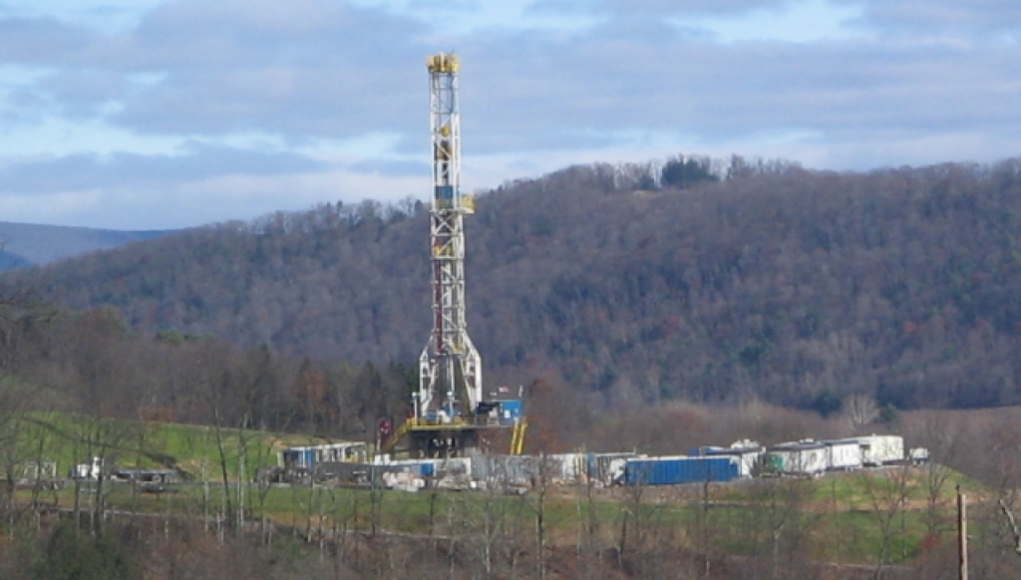For almost 20 years, US public-health advocates have been deeply concerned about the potential harm caused by toxic chemicals seeping into groundwater due to a loophole in the federal Safe Drinking Water Act. This loophole allows operators of oil and gas fracking operations to use chemicals that would otherwise be regulated, posing a threat to human health.
Named after the oil and gas services company once led by former Vice President Dick Cheney, the so-called Halliburton Loophole enables the industry to utilize fracking fluid containing chemicals linked to negative health effects, such as kidney and liver disease, fertility impairment, and reduced sperm counts, without being subject to regulation under the act.
Despite calls from environmentalists and public-health campaigners to close this loophole, little was known about the extent of chemical usage by the industry, the frequency of reporting in fracking disclosures, the quantities used, and the industry’s tendency to withhold chemical information under the guise of proprietary rights.
Fortunately, researchers from Northeastern University and three other colleges have shed light on this issue. Their study, published in February, reveals that the industry employs 28 chemicals regulated under the Safe Drinking Water Act and discloses them in up to 73 percent of its fracking activity reports to FracFocus, an industry-sponsored database.
Advertisement
Between 2014 and 2021, the industry used 282 million pounds of regulated chemicals. However, this number pales in comparison to the staggering 7.2 billion pounds of chemicals that were reported but not identified due to claims of proprietary or trade secrets, as highlighted in the study.
Out of all the disclosed chemicals, the most frequently reported one during the study period was ethylene glycol. This chemical, used by the industry as a friction-reducer and gelling agent, poses significant risks to human health, including harm to the eyes, skin, kidneys, respiratory system, and even fatality if ingested, according to the federal Centers for Disease Control and Prevention. Ethylene glycol was disclosed to FracFocus over 52,000 times, accounting for 45 percent of all disclosures, making it the most commonly reported regulated chemical. The industry utilized approximately 250 million pounds of this chemical.
The second-most reported fracking chemical subject to the loophole was acrylamide, another friction-reducer. It appeared in 19 percent of the cases reported to the database. The CDC warns that acrylamide can cause nervous-system impairments, including muscle weakness, numbness in hands and feet, and excessive sweating.
Benzene, a known carcinogen, was reported only 111 times but had one of the highest weights among the regulated chemicals, totaling 7.5 million pounds. The paper, titled “Outcomes of the Halliburton Loophole: Chemicals regulated by the Safe Drinking Water Act in U.S. Fracking Disclosures, 2014-2021,” provides further details on the presence of other regulated chemicals, such as naphthalene, formaldehyde, and 1,4 dioxane, which have been linked to negative effects on the nervous, respiratory, urinary, and gastrointestinal systems.
For the past few decades, many oil and gas companies have been exploiting a loophole known as the “Halliburton loophole” which permits them to conceal the use of hazardous chemicals. This loophole can be traced back to the 2005 “Energy Policy Act” that was signed by then President George W. Bush, which exempted oil and gas companies from the Safe Drinking Water Act.
The loophole allows oil and gas companies to withhold the exact composition and quantity of certain hazardous chemicals used in their drilling operations from the general public. This loophole was lobbied for heavily by former Halliburton executive and Vice President Dick Cheney. Since its founding, Halliburton, the company Cheney once served as CEO for, has been one of the greatest benefactors of this loophole.
Oil and gas well operators are only required to provide a general idea of the chemical use, which doesn’t properly inform the public of what chemicals are used in the extraction process. For fracking operations, the possibility of many hazardous chemicals being used is real, such as toluene, benzene, and formaldehyde, to name a few. By exploiting the “Halliburton Loophole,” operators are able to keep the public in the dark about the hazardous chemicals used in fracking practices.
The flaw in this logic is that the use of these hazardous chemicals in extraction practices carries potentially severe environmental consequences. In fact, with fracking, the use of hazardous chemicals has been linked to poisonings, water contamination, air pollution and chemical spills. Companies exploit the loophole on the basis of archaic and unsubstantial laws, while pursuing their own interests.
Government oversight is needed on this issue, for the greater good of the public and for environmental protection. There needs to be an oversight on these quasi-legal activities that harm our environment and put the public health in danger. The loophole should be removed so that these companies can no longer conceal the use of hazardous chemicals, allowing the public to be more aware of the risks involved in different operations. A more informed public would be better equipped to form opinions and push for regulations that protect the environment.




















